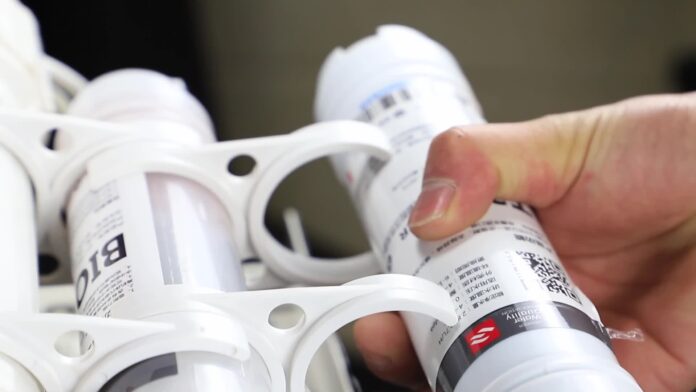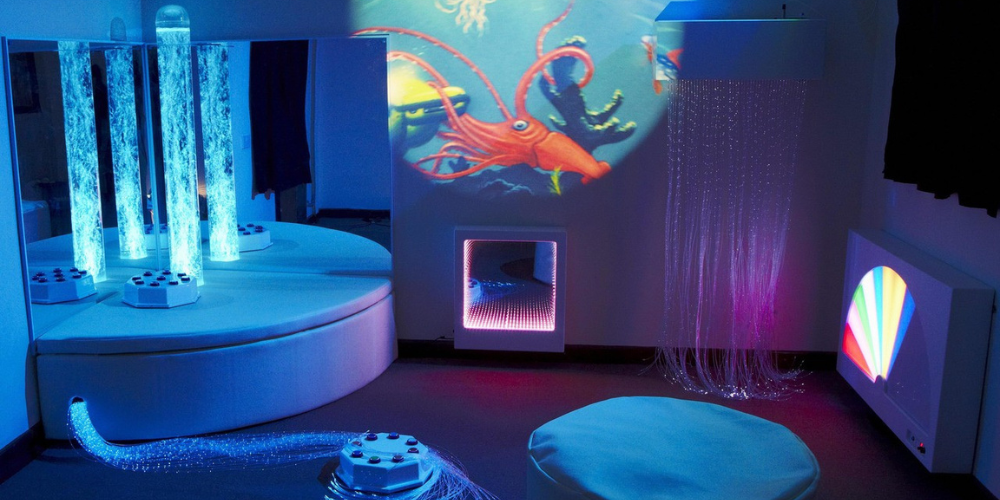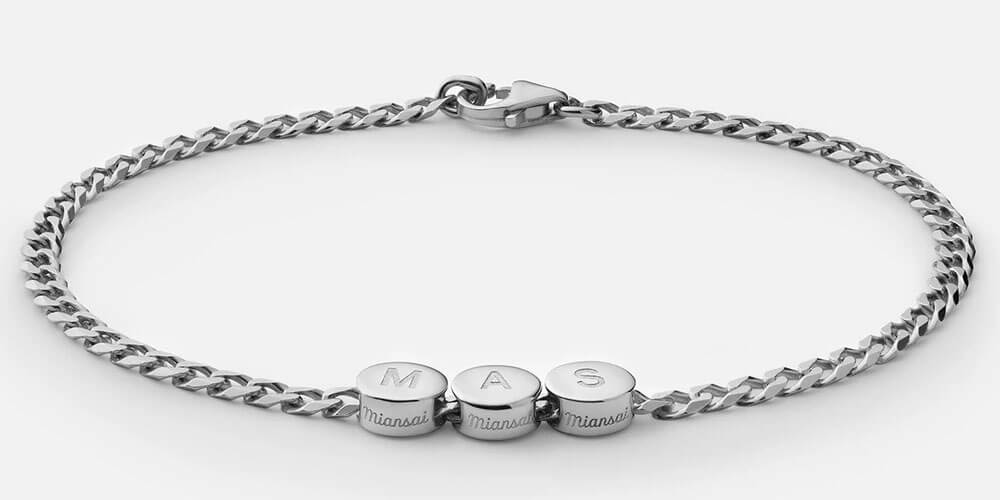Although we have already talked about reverse osmosis systems in our blog, we think it is important to go into a little more detail about some other aspects of their use. Is there a way to connect the RO system directly to a refrigerator? We are often asked this question. If it applies to you, let us take a look at what pressure tanks are and the ways in which they can help you solve your problem.
What Is A Pressure Tank
A RO pressure tank is designed to fit easily under your sink. It acts as a water storage tank that can be used in conjunction with your existing reverse osmosis system. This additional tank serves as a holding tank for the purified water that your RO system produces.
The main filter membrane of your under sink reverse osmosis is the reverse osmosis membrane. Heavy metals, viruses, organic compounds, radioactive materials and even bacteria are filtered out by most of these membranes, which are only 0.0001 microns in size. You can ensure that your family is drinking healthy, safe water by having these contaminants removed from your water supply. A pressure tank is simply a storage tank that allows you to keep this healthy water for as long as you need it, regardless of a situation where you may not have electricity.
We all know the frustration of waiting for that first glass of water to filter through the RO system and become drinkable. With the ability to store purified water, a pressure tank can help with an unexpected need for your reverse osmosis system. This means that your RO system will continue to produce purified water even when you are not using it.
What is the function of a pressure vessel?
Briefly, a RO pressure tank consists of a pressure tank surrounded by an internal inflatable air bag. When the water enters the bladder, it is compressed so that the incoming water is subjected to pressure in the opposite direction. Once the pressure in the pressure barrel equalizes with the pressure of the incoming water, it is filled with water. The water inflow comes to a stop at this point and so does production. The outside pressure is collected when users tap the water from the supply tank by opening the taps and allowing the water flow to pass. The entire cycle is complete when the water enters and exits the tank.
What is the benefit of a pressure vessel?
It is important to know that the size of the pressure tank does not affect the water production efficiency of your RO system. Even though it can effectively improve the efficiency of water intake. A high-pressure sensor or switch controls the filtration of your water. When the machine begins production, the water in the holding tank drains, causing a sudden drop in pressure.
-
Allows you to connect a RO system to your refrigerator.
It is not recommended to connect a RO system to a refrigerator or ice machine without a pressure reservoir, because the system would have to run all day. This is because the ice machine produces ice very slowly, which can easily be surpassed by a RO system. This causes a RO machine to start and stop working at irregular intervals, which is insufficient for proper functioning and eventually causes the unit to fail completely. To solve this problem, a pressure tank was set up. This was done through the storage of filtered water by users for various devices, such as ice machines.
-
Reduce the waiting time
Waiting for water to produce is among the most common problems you have probably had with your RO system. Because the pores of a RO membrane are small, it takes longer for it to filter the water. This is necessary to remove microscopic, seemingly harmless contaminants, which is what the RO system is known for. A storage tank solves this problem by storing filtered water that can be used at any point during the day.
-
Additional water storage in the event of a power outage
Unfortunately, since a reverse osmosis system is completely dependent on electricity, you may find yourself “stranded” in an emergency situation. This means that your RO unit will not be able to produce potable, filtered water in the event of a power outage. However, you can store water to use in an emergency by installing a pressure tank. Some of these pressure tanks are even portable and allow you to use freshly purified water instead of bottled purified water.
Extend the reach of the RO system
Pulse problems would occur if devices were connected long distances to a RO system. This problem is perfectly solved by the pressure tank, which increases water flow while preventing decay. The PMT between the tank and the RO system should maintain a distance of up to 16 feet.
About Waterdrop
Waterdrop was founded in 2015 with the goal of providing dependable solutions for water purification to address water issues. Waterdrop has amassed many loyal users in the United States after seven years of development. We have placed a high priority on meeting our customers’ various purified water needs, consistently improving quality of our products, and new product development over the past seven years. Our most recent pressure tank, the PT-PMT, was launched in response to customer requests.
Waterdrop tankless reverse osmosis systems are compatible with the PMT: G3P800, G3, D6, G2P600, D4, G2MNR, G2. To learn more about reverse osmosis under the sink, click here.
The PMT, along with the RO pressure tank benefits mentioned earlier, has its own set of benefits. It has a larger capacity with a smaller size due to the compact design. Waterdrop PMT has twice as much storage capacity as frizz life. The PMT’s accessories have also been thoroughly considered by Waterdrop. And there is no need of purchasing them separately if you purchase our pressure tank, which is a great deal.














